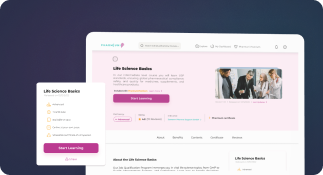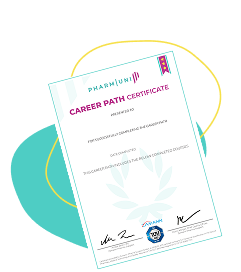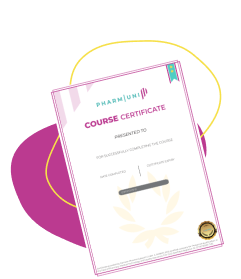Trending Analysis
Definition
Trending Analysis is a systematic process used in pharmaceutical and life sciences industries to monitor, evaluate, and interpret data over time to identify patterns, shifts, or abnormalities. It plays a critical role in quality management systems by enabling early detection of potential issues, particularly in deviations, Out of Specification (OOS), and Out of Trend (OOT) results.
This method supports proactive decision-making and continuous improvement by highlighting recurring problems and ensuring compliance with regulatory expectations, such as those outlined in Good Manufacturing Practice (GMP) guidelines.
Detailed Explanation
Purpose and Importance of Trending Analysis
Trending Analysis is essential for maintaining product quality, patient safety, and regulatory compliance. It provides a data-driven foundation for identifying areas of concern before they escalate into major quality failures. This is particularly important in regulated environments, where consistent product quality and process control are mandatory.
By analyzing trends in quality metrics, manufacturers can:
- Detect early signals of process drift or degradation
- Identify recurring deviations and their root causes
- Monitor performance of manufacturing processes and equipment
- Ensure timely implementation of corrective and preventive actions (CAPA)
- Support annual product reviews and quality risk management
Applications in Pharmaceutical and Life Sciences
Trending Analysis is commonly applied in the following areas:
- Deviations: Monitoring frequency, type, and impact of deviations to identify systemic issues.
- OOS/OOT Results: Tracking laboratory data to detect abnormal trends in analytical results.
- Environmental Monitoring: Trending microbial contamination levels in cleanrooms and controlled environments.
- Complaints and Returns: Analyzing customer feedback to identify product performance issues.
- Process Parameters: Observing critical process indicators (e.g., temperature, pH, pressure) for stability.
Example: Trending OOS/OOT Results
Consider a pharmaceutical company that observes an increase in OOT results for a particular active ingredient during stability testing. Through trending analysis, the Quality Assurance (QA) team identifies that the OOT occurrences correlate with a specific batch of raw materials. This insight prompts a review of the supplier’s quality data and leads to a change in sourcing strategy, preventing future issues.
Tools and Techniques
Trending Analysis may involve statistical tools and visualization methods such as:
- Control charts
- Histograms
- Run charts
- Scatter plots
- Pareto analysis
These tools help in distinguishing between normal process variation and significant deviations that require investigation.
Regulatory Expectations
Regulatory authorities such as the FDA and EMA expect manufacturers to have robust trending programs as part of their Quality Management Systems. Trending is integral to:
- FDA’s Guidance for Industry: Quality Systems Approach to Pharmaceutical CGMP Regulations
- ICH Q10: Pharmaceutical Quality System
- ICH Q9: Quality Risk Management
These documents emphasize the importance of using historical data to support continuous improvement and risk mitigation.



